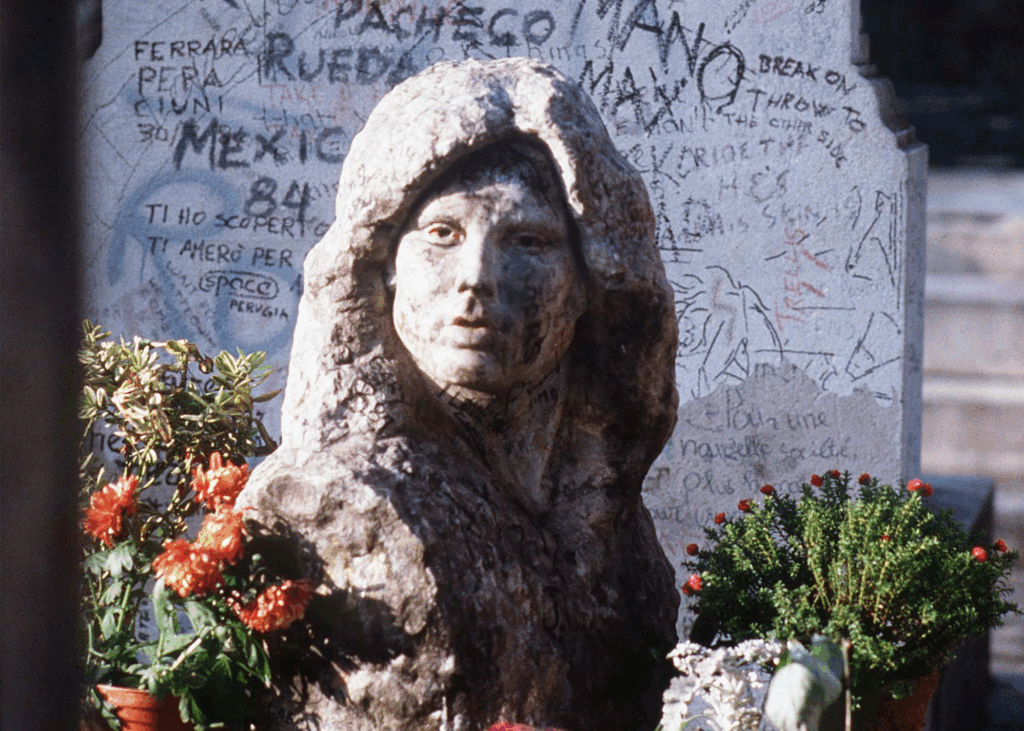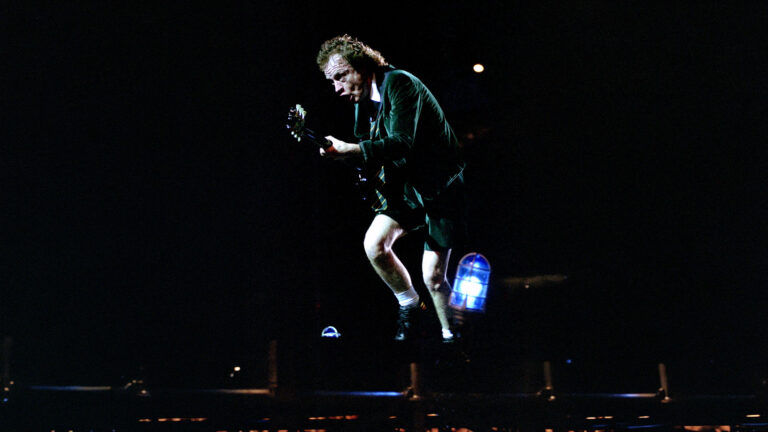
Jim Morrison’s Graveside Bust Has Been Found After 37 Years

The long-missing bust of iconic American singer Jim Morrison has been recovered nearly four decades after it was stolen from Morrison's grave at the Père Lachaise cemetery in Paris. Created by Croatian artist Mladen Mikulin in 1981, the sculpture was meant to commemorate the 10th anniversary of Morrison's death, the legendary frontman's life having ended under still-mysterious circumstances in 1971 at the age of 27. Since this time, the grave has become a pilgrimage site for fans of The Doors. The bust vanished in 1988 under unusual circumstances, which led to multiple speculations about how it went missing. Some rumors speculated fans secretly took the heavy sculpture on a moped at night, while others theorized authorities might have hidden it for protection. Despite these theories, there was no confirmed report about the bust's whereabouts over the years.
Recently, in a turn of unexpected events, the bust resurfaced during a police investigation unrelated to its disappearance. Officers from the Paris public prosecutor's office were conducting a search tied to a fraud case when they stumbled upon the graffitied sculpture. Remarkably, the sculpture, weighing about 250 pounds, survived without further damage apart from existing graffiti and a broken nose, remnants of its previous days at the grave site. The Paris Police Prefecture's Criminal Investigation Department announced the surprising recovery via social media, sharing images of the bust as part of their findings.
Jim Morrison's grave remains one of the most visited sites at Père Lachaise cemetery, appealing to rock enthusiasts who pay homage by leaving flowers and notes. Over the years, the grave has drawn continuous crowds, and despite tight security measures implemented following unruly incidents at the site, the fascination surrounding Morrison's legacy has hardly waned. Following its recovery, it remains uncertain whether the administration at Père Lachaise will return the bust to its original place. As of now, the curator of the cemetery, Benoît Gallot, has not been contacted by police officials about any plans for its restitution.
The significance of Morrison and The Doors continues to echo through time, with their music being a staple of 1960s and 1970s rock culture. The band earned a legendary status with hits like “Riders on the Storm,” “Light My Fire,” and “The End,” music that has left a lasting impression on generations of fans. Despite the enigmatic air surrounding Morrison's passing, the legacy left by the band and the frontman’s captivating persona secures their remembrance in the annals of rock history.
While French authorities conduct further analysis and make decisions regarding the future of the statue, fans of Jim Morrison and The Doors await news, hoping for the bust's reinstatement at Morrison's gravesite. Meanwhile, for fraud investigators, the unearthing of this historic artifact came as much of a surprise as it did to the global community of Morrison's followers. Whether the bust becomes a permanent fixture once more at its rightful resting place or finds a new home, its recovery marks a significant moment in preserving the enduring legacy of Jim Morrison.
Key Takeaways
-
www.theguardian.com | A bust of Jim Morrison, stolen 37 years ago from his grave in Paris, has been unexpectedly found by the Paris police during a fraud case investigation.
-
www.cbsnews.com | The discovered statue, a white marble bust, was vandalized before its theft in 1988, showing graffiti marks and a broken nose.
-
www.artdependence.com | The bust of Jim Morrison was originally created by Croatian artist Mladen Mikulin and placed at Morrison's grave in 1981 to commemorate ten years since the singer's death.
-
www.cbsnews.com | Paris named a bridge after Jim Morrison in February, located near the Marais district where he last lived.
-
www.theguardian.com | Jim Morrison's grave at Père Lachaise cemetery in Paris is among the world's most visited musician's resting places and is now under video surveillance to prevent further incidents.
-
www.theguardian.com | The return of the bust to its original location at Père-Lachaise cemetery remains undecided, pending discussions among the authorities.
Related Stories
Brian May Shares 50-Year-Old Queen Track as Holiday Surprise
Fans of Queen received an unexpected present this holiday season when guitarist Brian May broadcast a song that had been…
David Gilmour Celebrates as Pink Floyd’s ‘Wish You Were Here’ Tops UK Christmas Charts on 50th Anniversary
Legendary 1975 Album Makes History With Record-Breaking Return to Number One Pink Floyd has achieved a remarkable milestone in music…















